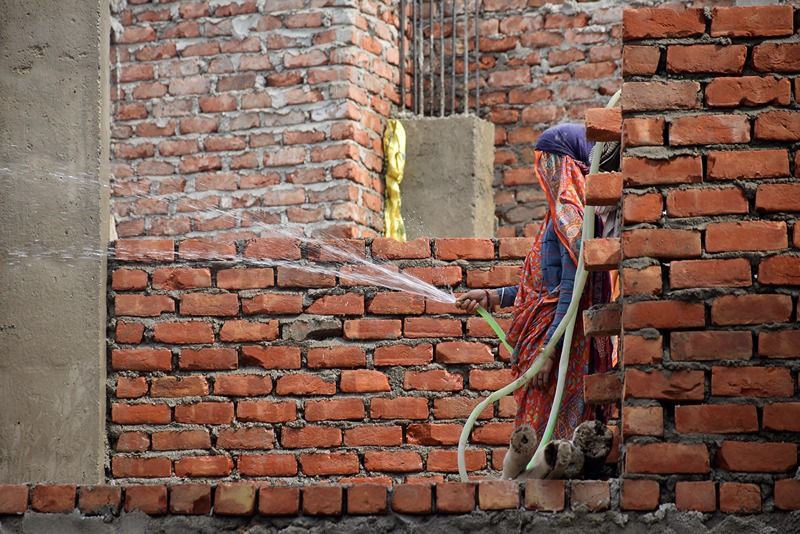Curing is a critical process in concrete construction, directly affecting the strength, durability, and overall performance of the material. It involves maintaining adequate moisture, temperature, and time to allow cement hydration to proceed optimally. Understanding how curing conditions influence cement's performance is essential for engineers, contractors, and stakeholders aiming to achieve high-quality concrete structures.
The importance of proper curing
Cement hydration is a chemical reaction between cement particles and water, leading to the formation of calcium silicate hydrate (C-S-H), which imparts strength to concrete. Proper curing ensures continuous hydration, resulting in improved mechanical properties and durability. Inadequate curing can lead to incomplete hydration, increased porosity, and reduced strength.
Research indicates that concrete cured under optimal conditions can achieve up to 50% more strength than improperly cured counterparts. For instance, a study found that water-cured concrete specimens exhibited significantly higher compressive strength compared to those cured in air.
Factors affecting curing conditions
Moisture retention
Maintaining adequate moisture is paramount during the curing process. Moisture loss can halt hydration, leading to surface cracking and reduced strength. Methods such as water ponding, wet coverings, and curing compounds are employed to retain moisture. A study demonstrated that water ponding and geotextile curing methods effectively enhanced concrete's mechanical and durability performance.
Temperature control
Temperature significantly influences the rate of cement hydration. Elevated temperatures accelerate hydration but may cause thermal cracking, while low temperatures slow down the process. It's recommended to maintain curing temperatures between 10°C and 30°C. In hot climates, measures such as shading and sprinkling are used, whereas in cold climates, insulating blankets or heated enclosures help maintain optimal temperatures.
Duration of curing
The duration of curing impacts the extent of hydration and, consequently, the strength development of concrete. Standard practice suggests a minimum curing period of 7 days for ordinary Portland cement and up to 14 days for blended cements. Extending the curing period enhances strength and durability, particularly in structures exposed to aggressive environments.
Impact on concrete properties
Compressive strength
Proper curing significantly enhances the compressive strength of concrete. A study found that concrete specimens cured in water achieved higher strength compared to those cured in air. This improvement is attributed to continued hydration and reduced porosity.
Durability
Curing affects the durability of concrete by influencing its permeability and resistance to environmental factors. Well-cured concrete exhibits lower permeability, making it more resistant to chloride ingress, carbonation, and freeze-thaw cycles. These properties are crucial for structures exposed to harsh conditions, such as marine environments or de-icing salts.
Surface quality
Adequate curing contributes to improved surface quality, reducing the likelihood of dusting, scaling, and surface cracks. This is particularly important for floors and pavements where surface integrity is essential.
Best practices for effective curing
Initiate curing promptly: begin curing immediately after finishing operations to prevent moisture loss.
Maintain moisture: use methods like water ponding, wet coverings, or curing compounds to retain moisture.
Control temperature: implement measures to maintain optimal curing temperatures, especially in extreme weather conditions.
Ensure adequate duration: adhere to recommended curing periods based on the type of cement and environmental conditions.
Monitor and adjust: regularly assess curing conditions and make necessary adjustments to ensure effectiveness.
Conclusion
Curing is a vital process that significantly influences cement's performance in concrete. By understanding and controlling curing conditions—moisture, temperature, and time—construction professionals can enhance the strength, durability, and longevity of concrete structures. Implementing best practices in curing not only ensures structural integrity but also contributes to the sustainability and cost-effectiveness of construction projects.




 +91 7208055523
+91 7208055523
 Help & support
Help & support
